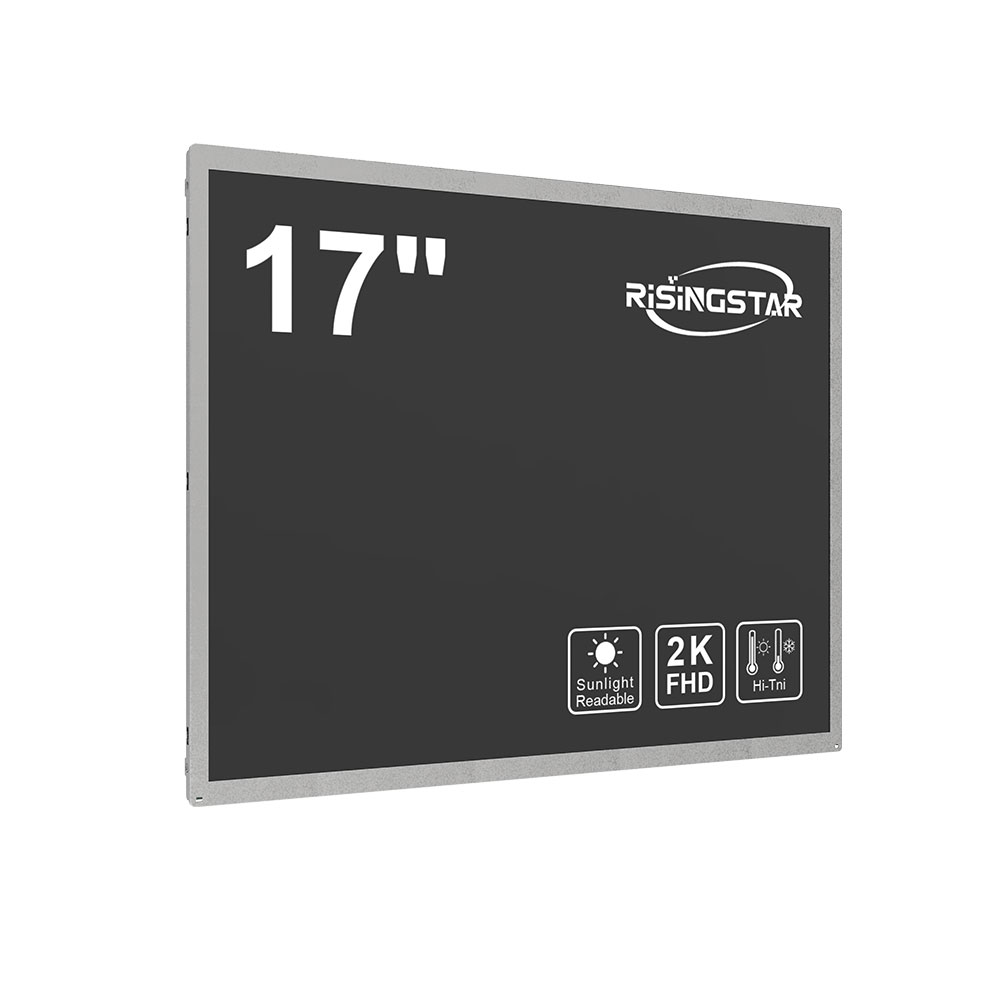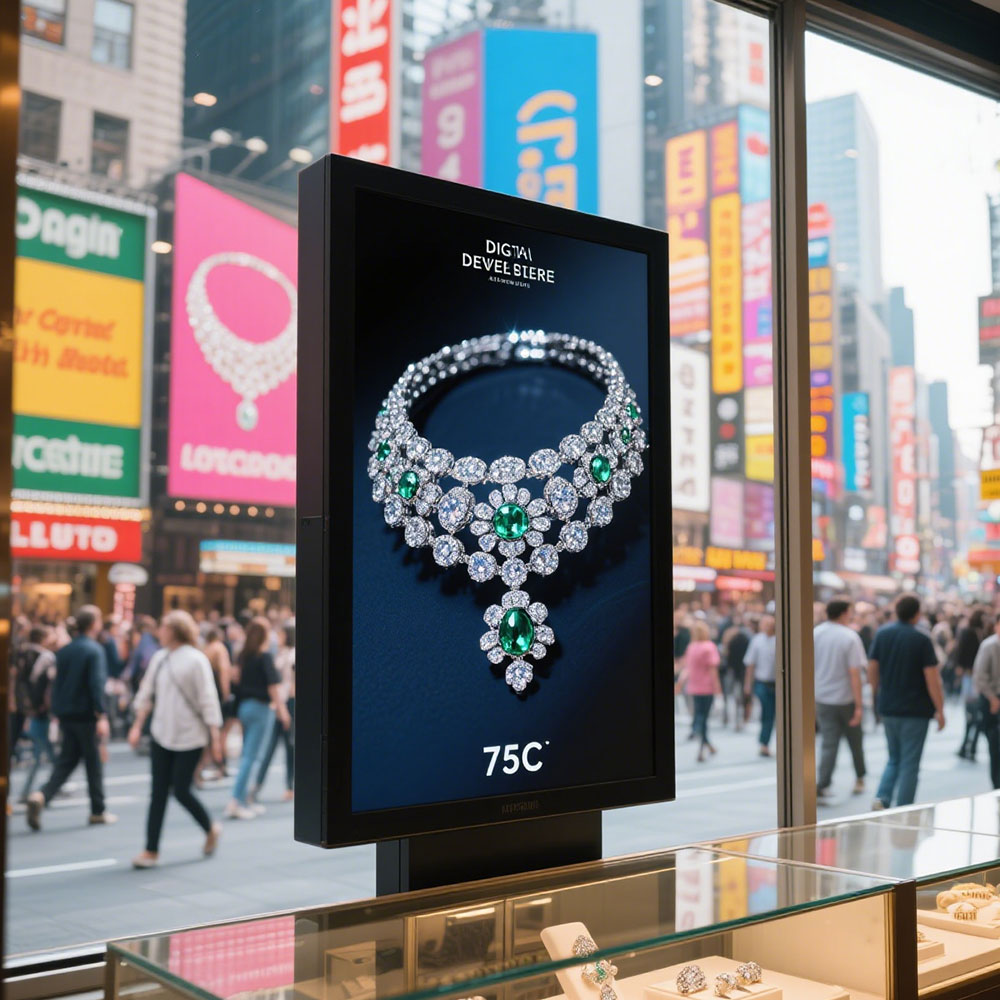Outdoor LCD screens are essential components in modern digital signage, advertising, transportation systems, and public safety infrastructure. Their ability to operate reliably under harsh environmental conditions—such as extreme heat, cold, rain, UV exposure, and high humidity—is critical for maintaining visibility, functionality, and long-term ROI.
The foundation of outdoor LCD durability lies in three core design elements: display panel protection, thermal management, and weatherproof sealing. According to the International Electrotechnical Commission (IEC) standard IEC 60529, outdoor displays must meet at least an IP65 rating for dust and water resistance. High-end models often exceed this with IP68 or even IP69K ratings, allowing them to withstand high-pressure water jets—a common requirement in industrial settings like construction sites or marine environments.

Thermal performance is another key factor. In hot climates, ambient temperatures can exceed 50°C, which may cause screen overheating and pixel degradation. Professional-grade outdoor LCDs incorporate advanced cooling mechanisms such as passive heat sinks, active fans, and thermal sensors that dynamically adjust brightness and power consumption to prevent damage. For example, a study by the University of California, San Diego (2022), demonstrated that LCDs with intelligent thermal regulation maintained 95% of their original luminance after 10,000 hours of operation in desert conditions—far outperforming non-regulated units.
In cold environments, below freezing, LCD panels risk condensation and reduced response times. Manufacturers address this by using wide-temperature-range panels (typically -30°C to +70°C) and internal heating elements. The U.S. Department of Transportation mandates that traffic signal displays must function reliably from -40°C to +60°C, ensuring public safety even in Arctic winters.
Moreover, anti-glare coatings, polarized filters, and ultra-high-brightness LEDs (up to 10,000 nits) ensure readability under direct sunlight—a critical feature for highway billboards or airport information kiosks. Industry leader LG Display has reported that its outdoor LCD modules achieve 10x better contrast ratio under bright sunlight compared to indoor counterparts.

In conclusion, outdoor LCD screens are not just ruggedized versions of indoor displays—they are engineered systems built to endure real-world extremes. From compliance with global standards like IP and MIL-STD-810G to advanced thermal and optical technologies, these displays represent the intersection of materials science, electronics engineering, and user-centric design. For businesses investing in digital infrastructure, selecting certified, tested, and field-proven outdoor LCD solutions ensures both operational resilience and long-term cost efficiency.







